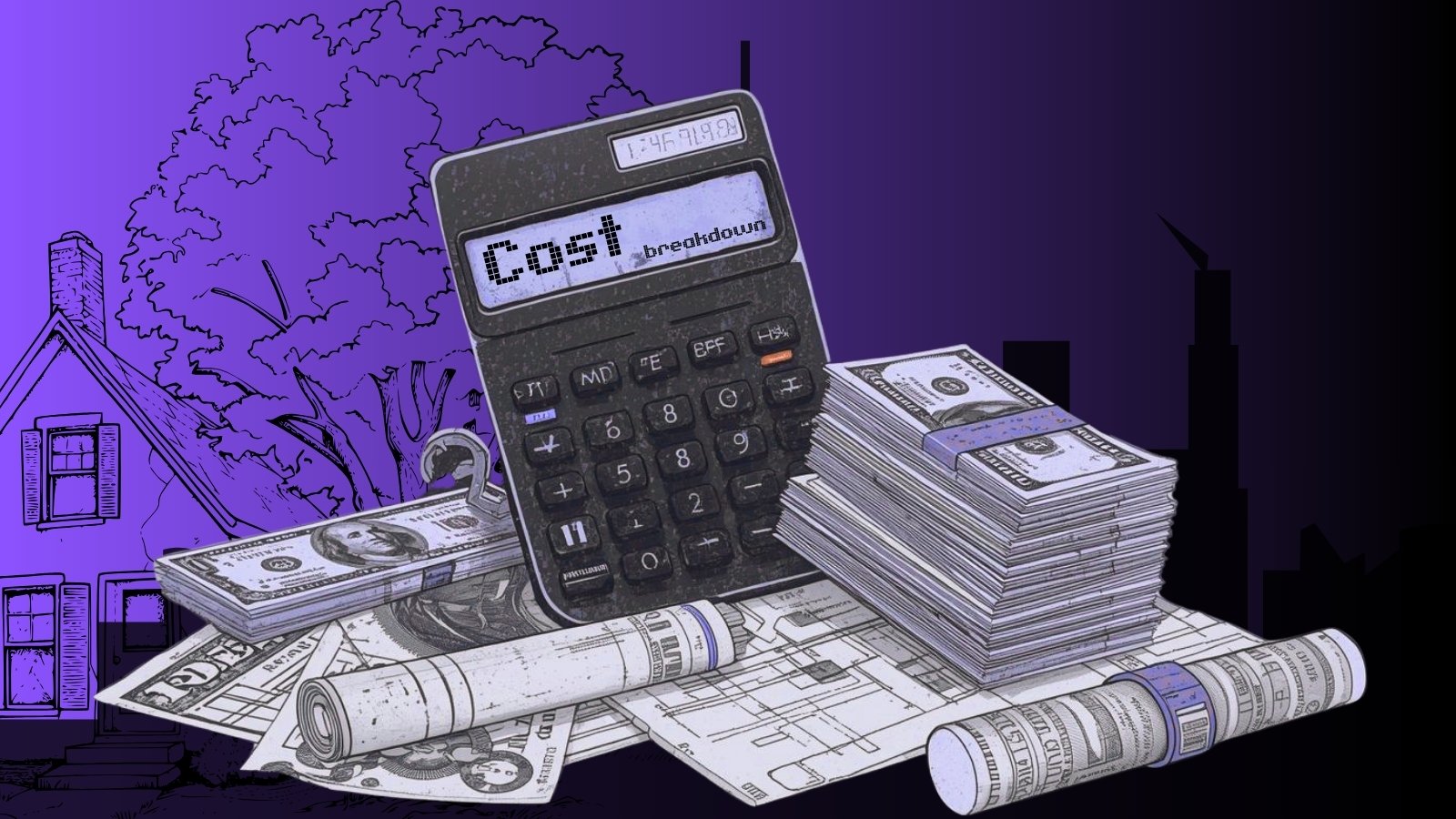United States
Small kitchen: $12k–$25k. Bathroom: $8k–$20k.
Where to find contractors & verify credentials:
- NAHB (trade association) — industry guidance & resources.
- Houzz — local profiles & reviews.
- HomeAdvisor — quotes & screened pros.
A practical, country-aware breakdown of renovation costs in 2025. Get realistic budget ranges, discover the hidden costs many homeowners forget, and learn when to hire a professional vs. DIY.

These are ballpark ranges to help you start planning. Local labour and finish choices change the final price.
Refresh: $6k–$15k • Full remodel: $15k–$60k+
Partial: $4k–$10k • Full: $10k–$30k+
Basic: $8k–$20k • High-end: $20k–$60k+
Rough per m²: $1,200–$3,500 / m² (varies widely)
Note: use the regional examples section below to refine these ranges for your market.
Plan a contingency of 10–20%. Common hidden items:
DIY saves labour cost but adds time and risk. For structural, electrical and plumbing — hire licensed pros.
| Task | DIY? | Notes |
|---|---|---|
| Painting & minor tiling | Yes | Good savings but needs finish skill. |
| Structural alterations | No | Requires engineer & contractor; safety critical. |
| Plumbing & electrical | No | Licenced trades + inspections often required. |
Sample averages — local markets vary a lot. Use these ranges to start planning, then confirm with at least 2–3 local contractors in your area.
Small kitchen: $12k–$25k. Bathroom: $8k–$20k.
Where to find contractors & verify credentials:
Kitchen refit: £8k–£25k. Bathroom refit: £5k–£15k.
Where to find contractors & check permits:
Typical mid-range renovation varies by city — always get local quotes.
Where to find contractors & verify work:
Regional variation is high — get local contractors for firm quotes.
Where to find contractors & guidance:
Simple renovation: ₹1L–₹4L. Mid-range: ₹4L–₹12L.
Where to find contractors & verify reviews:
Costs vary by region — cite local builders for accurate quotes.
Where to find contractors & official guidance:
Helpful resources: How to choose a contractor (US Consumer Advice) · Find local council (UK)
Download the Budget Planner to record quotes and calculate contingencies: Get the Budget Planner
Homeowners: download the Budget Planner. Contractors: visit the Contractors hub to grow leads.